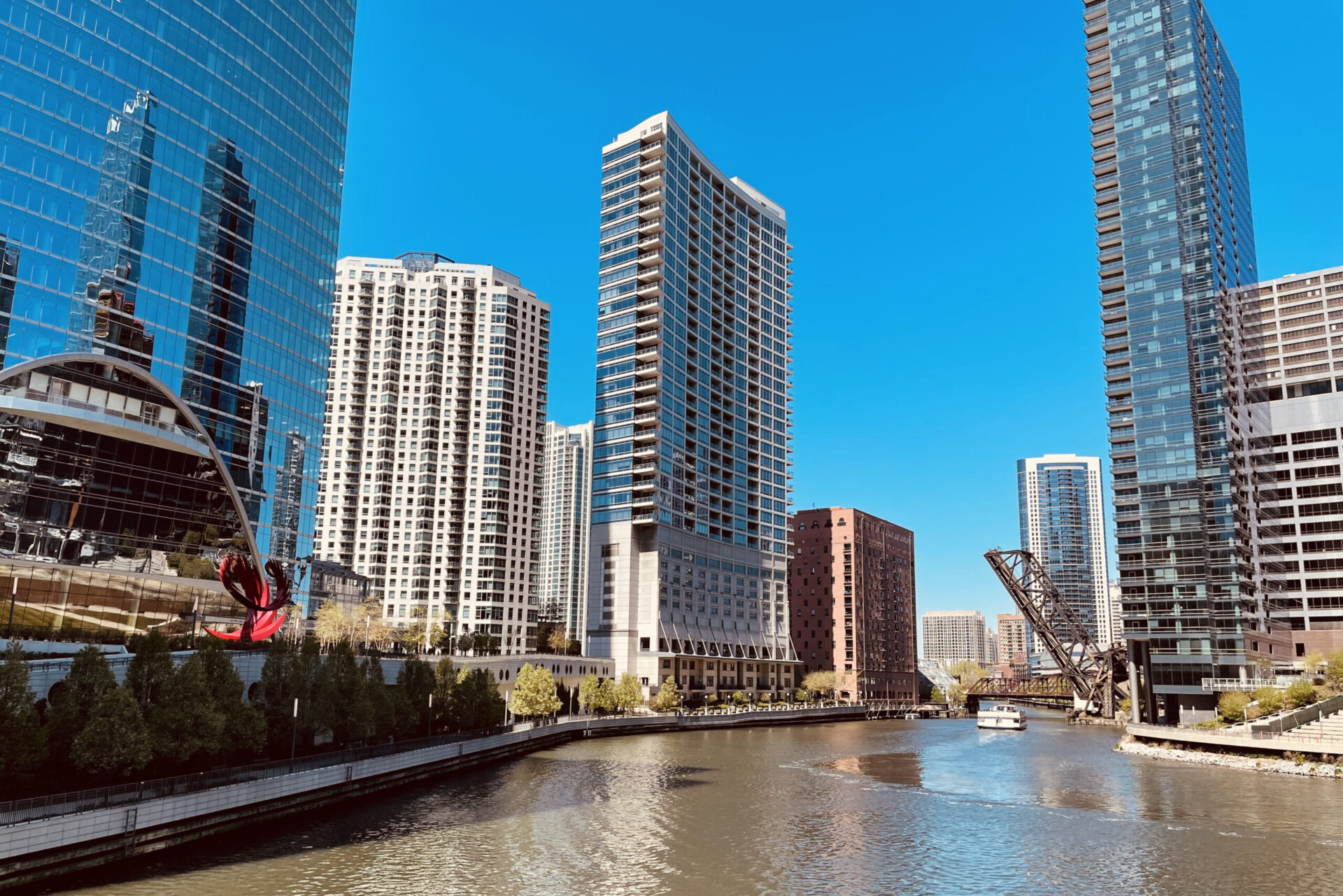
I mentioned in an earlier posting that I was at an event in Tokyo. The invitation I received from the sponsor said it was a “Business Casual Event.” I asked one of my traveling companions (who works for the company sponsoring the event) to verify this for me. “Business casual, for certain,” is what he was told.
I decided to follow the advice a clothing salesman gave me years ago: “You could dress business casual– but why?” I packed two suits, a sport jacket with a couple turtleneck sweaters and coordinated pants, and– just in case– a pair of tan Dockers and a blue button-up shirt.
The first day of the meetings, held at the Park Hyatt Tokyo (where Lost in Translation was filmed, by the way) nearly every single one of the over 300 attendees was wearing a suit.
So much for “business casual, for certain.” At least I bet right.
The truth is that “business casual” is a meaningless term that thousands of fashion writers and HR departments have tried to define but have had little success. At best, I can come up with the common threads of “collared shirts, clothing with finished seams, no logo wear, and no Spandex.” (I remember seeing an Arthur Andersen memo in the mid-1980s which specified that female employees “must wear appropriate undergarments” but that’s another topic.)
For several years in the late 1980s and early 1990s I worked for an investment firm known for its casual approach to the employee environment: free breakfast and lunch, free ice cream in the afternoon, free soda, water, and beer in all the refrigerators– and a nonexistent dress code. The idea was that you were supposed to do your job and do it extremely well, and in return the company didn’t bother you with checking your death-metal-band T-shirt underneath your flannel. I’d call the environment “proto-dot-com.” (The funny part is that by the time the dot-com boom was in full force, the company had been swallowed up by a gigantic Swiss bank and the beer and nonexistent dress code were gone.)
While working at the firm, I rode the train regularly with one of its partners. Both of us were usually in jeans, and we’d get disdainful looks from everyone else on the train, each one spiffed up in suits and ties. I used to laugh, thinking that this guy could have bought and sold most of the people in the car, and they looked at him like he was a low-life.
I would never call that company’s environment “business casual”– it was clearly all the way on the other side of it– but I believe that firms like mine had a huge influence on more traditional companies and encouraged the casual-dress policies of the 90s.
By the time “jeans Friday” started to take hold in the business world in the 1990s, I was already tired of it. Yes, it’s zero-brain-power easy to put on jeans in the morning and match them up with a polo shirt and sneakers, but at some point– say, after doing this for 10 years– you don’t feel like you’re really going to work. And while that’s not necessarily a bad thing, there is something to be said for more clearly defining the line between life at home and life at the office.
That’s when I began my transformation into a beDockered middle manager, for better or worse.
So, while everyone else was getting ready to go ahead and uh, wear a Hawaiian shirt and jeans on Friday, I was already on the way back. And that was around the time I met the salesman mentioned at the top of this piece.
The dress code at most of the places I’ve worked has been some sort of business casual. This included everything from khakis to polo shirts, down to jeans and even shorts in the summer (at one particular company). The common stipulation among all of them, though, was that when you met with the company’s clients, you should dress in formal business attire.
Over the years, I defined “business casual” to mean “no jacket, no tie.” There’s room to move in that definition, but I usually try to err on the side of overdressing. I remember getting off a plane in Amsterdam and heading straight to a meeting in my company’s offices, figuring my travel attire (khaki pants and a polo shirt) would be fine, as it was acceptable in most of the company’s offices worldwide. When I entered the conference room, I felt like the guy who cleans the conference rooms after everyone leaves– wait, even he was dressed better than I was.
Never again.
My current employer just opened up the dress code on summer Fridays to allow jeans. Many of my coworkers are excited about this.
As for me, it will be business as usual.
